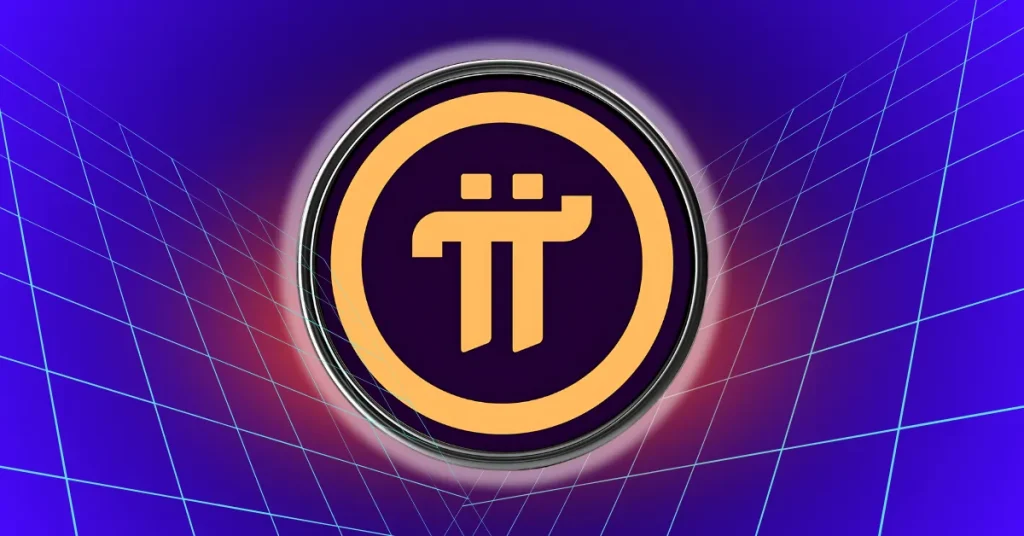
The post Pi Network Nears $1: How to Buy and Sell Pi Coins appeared first on Coinpedia Fintech News
Pi Network is making headlines, with it’s price surging more than 25% in the last 24 hours. Pi Coin is now nearing the important $1 mark. With exciting updates ahead, Pi is on track to become a major player, where users can mine and trade Pi like never before. Here are the steps you need to follow to buy and sell Pi Coins.
How To Buy Pi Coin?
- Choose an Exchange: Pick a well-known and trusted exchange that supports Pi Coin trading. As of May 2025, you can find Pi Coin (PI) on platforms like OKX, MEXC, BitMart, Bitget, KuCoin, and Bybit.
- Sign Up and Complete KYC: Register on the exchange and complete the Know Your Customer (KYC) process, depending on the region, by submitting necessary identification documents.
- Deposit funds in your account using available methods or other payment options supported by the exchange.
- Next, search for “Pi Coin” or “PI” on the exchange platform. Select the appropriate trading pair (e.g., PI/USD, PI/USDT, or PI/ETH).
- Place an Order: Choose your order type (market or limit), enter the amount of Pi Coin you want to purchase, and confirm the transaction.
- For extra security, you can transfer your Pi Coins to a personal wallet and enable two-factor authentication (2FA) to protect your account.
How To Sell Pi Coins?
If you have a Pi account and have migrated your coins to the Mainnet, you are ready to sell the coins. You’ll also need the Pi Browser app to create a Pi Wallet and complete your KYC verification.
Further, if you plan to hold the funds after selling, you can move them to a non-custodial wallet for better security.
- Create an Account – Sign up on a trusted exchange that supports Pi and complete the KYC verification process. Make sure to avoid the exchanges that Pi Network community has not recognised officially.
- Find Your Trading Pair – Search for the particular Pi trading pair like PI/USDT, PI/EUR, or PI/BTC.
- Place A Sell Order – Next, place a sell order. In case of a market order, you can sell instantly at the current market price. In a limit order, you can set a specific price and wait for it to be matched.
- Withdrawal – Once your order is complete, the balance will usually be updated in USDT or the base currency. You can then choose to withdraw to a crypto wallet, convert to fiat, or swap to another crypto.
Tips When Choosing an Exchange
- Look for low trading fees and small price spreads (difference between buy and sell prices).
- Pick platforms with high trading volume and strong liquidity, so trades go through quickly and at good prices.
- Avoid exchanges not officially recognized by the Pi Network community.







